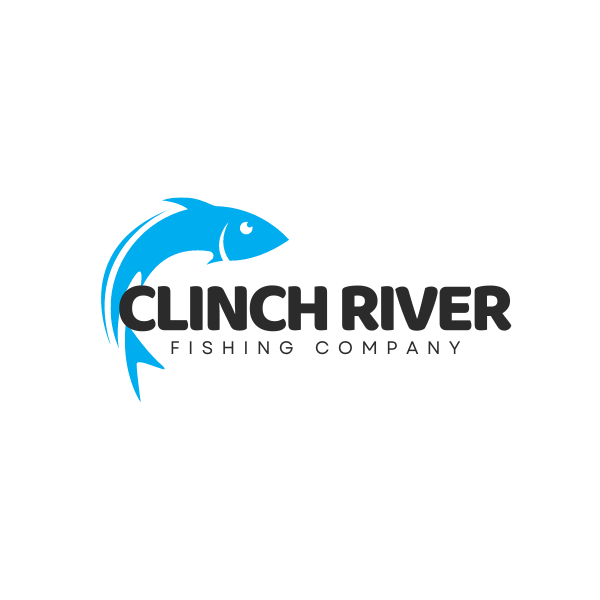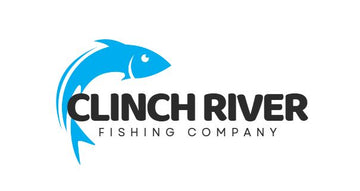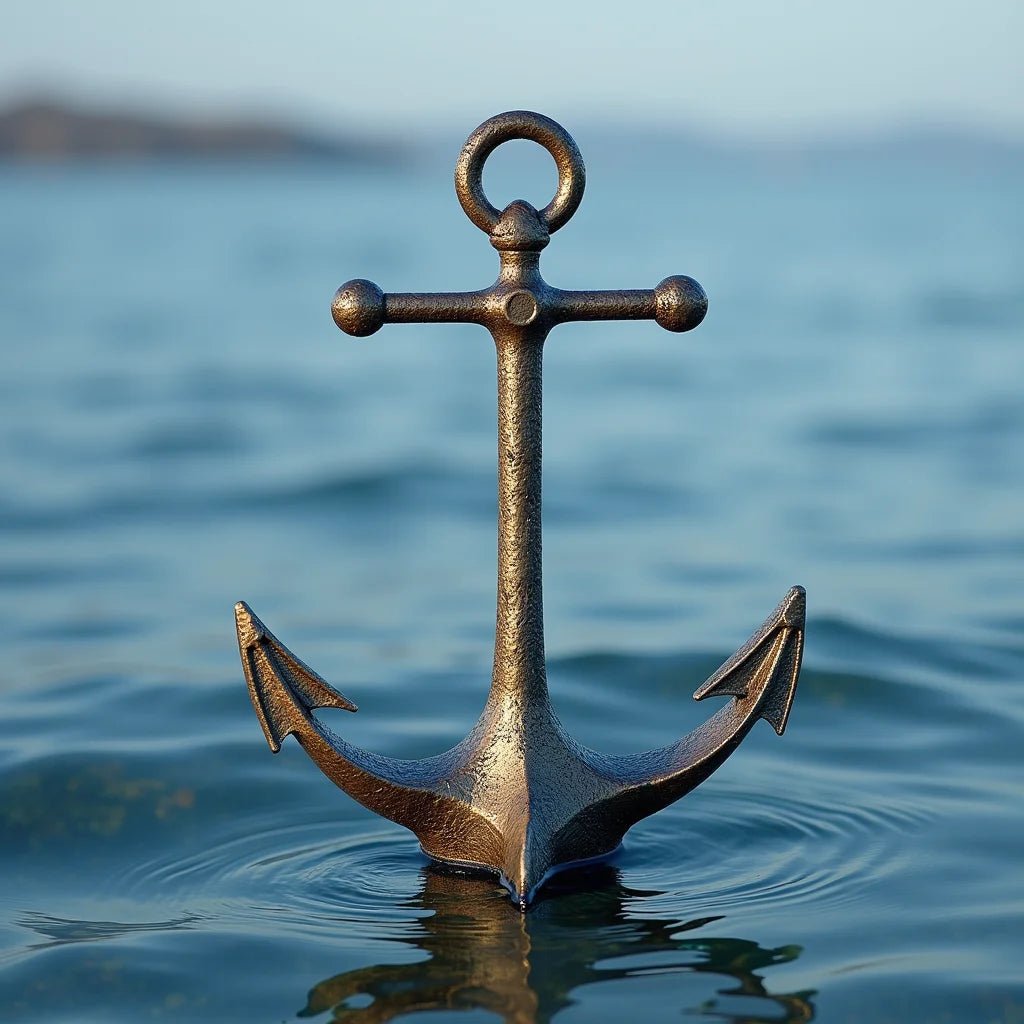Updated on: 2025-10-07
Table of Contents
- Practical Guide to Boat Anchoring Hardware
- Key Advantages of Quality Boat Anchoring Hardware
- Summary & Next Steps for Selecting Boat Anchoring Hardware
- Common Questions About Boat Anchoring Hardware
Practical Guide to Boat Anchoring Hardware
Reliable boat anchoring hardware is the quiet foundation of safe boating. With the right marine anchoring hardware and boat anchoring equipment, you can set the hook with confidence, hold position through a tide change, and retrieve your gear smoothly. The steps below offer a practical way to size, choose, and maintain your system, whether you are comparing a new anchor chain, considering an anchor windlass, or evaluating stainless steel boat anchoring hardware kits for saltwater.
Assess Your Boat and Typical Waters
Begin with your boat length, displacement, and how you use the boat. Calm lakes, tidal inlets, and exposed coastal areas place very different demands on anchoring gear. A heavier hull and rougher conditions call for larger anchors, stronger chain, and more abrasion-resistant components. If you often anchor overnight or in currents, allow a wider safety margin.
- Boat length and weight influence anchor size and chain diameter.
- Bottom type (sand, mud, grass, rock) affects anchor design and holding power.
- Wind, swell, and tide exposure suggest extra scope and stronger gear.
Choose the Right Anchor Type
Different anchors excel in different bottoms, and many boaters carry two styles. Plow and scoop anchors tend to set quickly in sand and mud. Fluke anchors are light and offer strong holding in softer bottoms. New-generation scoop designs often reset well after wind shifts. For grass or mixed bottoms, look for an anchor known for penetrating through vegetation. If you are unsure, a modern scoop or plow-style anchor is a considerate, all-around choice for many conditions.
Size the Anchor Chain and Rode
The anchor rode is the line and chain that connect your boat to the anchor. Chain adds weight and abrasion resistance close to the seabed, improving your angle of pull and holding power. Most small to mid-size boats use a combination of chain and nylon rope, while heavier boats may prefer all-chain rode.
- Anchor chain diameter: Match to your windlass gypsy (if equipped) and your boat’s size. Many boats in the 20–30 foot range use 1/4 inch or 5/16 inch chain, but please confirm with the hardware maker’s sizing chart and your boat’s specifications.
- Chain length: Even a short lead of chain (for example, 20–30 feet on a rope/chain rode) can improve holding. All-chain rodes are common for heavier boats and frequent anchoring in rough areas.
- Scope: A scope of 5:1 to 7:1 (rode length to water depth) is a helpful starting point. More scope improves holding, especially in wind.
If you are choosing the best boat anchoring hardware for 20–30 foot boats, pair an appropriately sized modern anchor with chain that matches your windlass (if installed) and a high-quality, three-strand or double-braid nylon line for elasticity. This combination is gentle on your hardware and improves comfort at anchor.
Select Shackles, Swivels, and Connectors
Anchor shackles, swivels, and thimbles are small parts with big responsibility. Choose hardware with suitable working load limits (WLL) and corrosion protection. Secure screw pins with seizing wire or threadlocker as recommended by the manufacturer. If you use a swivel, place it above the chain where it will not see side loads; some boaters prefer to skip a swivel entirely and instead untwist the rode periodically.
Material Choice: Stainless Steel vs Galvanized
A frequent question is, “What materials are best for boat anchoring hardware: stainless steel vs galvanized?” Each has strengths:
- Stainless steel: Highly resistant to rust, polished appearance, and excellent for saltwater. It is often chosen for stainless steel boat anchoring hardware kits for saltwater due to durability and low upkeep. Inspect periodically for stress cracks and crevice corrosion, especially in areas with low oxygen.
- Hot-dipped galvanized steel: Tough, cost-effective, and widely used. The zinc coating protects the steel; however, it will wear over time and may need refreshing or replacement. Galvanized chain and anchors are common and dependable for many boaters.
For most boaters, the choice comes down to budget, maintenance preference, and aesthetics. If you value long-term shine and corrosion resistance, stainless is attractive. If you prefer rugged value and simple inspection, galvanized is practical. Mixing is common too, such as a galvanized anchor with stainless shackles and a stainless bow roller, chosen for low friction and looks.
Consider an Anchor Windlass
An anchor windlass reduces strain during retrieval and encourages consistent anchoring habits. If you already have one, be sure your chain and rope match the windlass gypsy specifications. If you are adding a windlass, check deck reinforcement, wiring runs, breaker sizing, and dedicated battery capacity. A well-sized anchor windlass, paired with the right anchor chain and rode, makes setting and raising anchor smoother and kinder to your crew and back.
For ideas and tips from a friendly, fishing-focused perspective, you may appreciate exploring the blog for additional anchoring insights, rigging methods, and maintenance routines.
Assemble and Test the System
Before your first trip, assemble your boat anchoring equipment at the dock:
- Attach anchor to chain with a rated shackle. Tighten and seize the pin.
- Connect chain to rope using a suitable splice or high-strength connector.
- Mark the rode at intervals (for example, every 25 feet) to estimate scope easily.
- Cycle the full length through your bow roller and windlass to confirm smooth operation.
On the water, choose a clear area with room to swing. Lower the anchor until it touches bottom, then ease out scope as the boat drifts back. Apply gentle reverse to set, and then observe reference points onshore or GPS movement to confirm holding. A short, careful test builds confidence.
Maintain Your Anchoring Equipment
Simple care extends the life of boat anchoring hardware:
- Rinse salt and grit after trips, paying attention to chain and swivels.
- Inspect for wear, bent parts, cracks, or corrosion at least each season.
- Refresh galvanized coatings or replace components when protective layers thin.
- Lubricate windlass gear as specified by the maker and check electrical connections.
When you need a friendly hand choosing sizes or swapping parts, the team is happy to help through the contact page.
Key Advantages of Quality Boat Anchoring Hardware
High-quality boat anchoring hardware rewards you day after day. A well-matched system supports safety, helps protect your hull, and makes time at anchor more pleasant.
- Reliable holding in varied bottoms: Modern anchors matched with the right chain, rope, and connectors increase the chance of a firm set and secure hold.
- Smoother operation with an anchor windlass: Proper chain sizing for your windlass gypsy reduces jams and speeds retrieval.
- Corrosion resistance for saltwater: Stainless hardware and coated components help resist rust and reduce maintenance.
- Comfort through the night: Adequate scope, chain weight, and elastic nylon rode reduce shock loads as wind and tide shift.
- Flexible setups for boat length: The best boat anchoring hardware for 20–30 foot boats can be simple and light, while larger boats may benefit from all-chain rodes and higher-capacity windlasses.
- Long-term value: Fewer failures, less chafe, and less time troubleshooting translate to a calmer, safer experience.
If you would like to learn more about the people behind the advice and gear, please visit the About page for a brief introduction.
Summary & Next Steps for Selecting Boat Anchoring Hardware
Choosing boat anchoring hardware is a thoughtful balance of boat length, typical conditions, and personal preferences. Start by assessing your boat and common anchoring spots. Select an anchor style that suits the bottom you frequent. Size your anchor chain and rode to match your windlass and target scope, and choose connectors with generous working load limits. For materials, stainless delivers shine and lasting corrosion resistance, while galvanized offers rugged value and broad availability. Consider an anchor windlass if you anchor often or value hands-free retrieval. Assemble, test, and maintain your system with care, and it will serve you well.
Many boaters find that small improvements, such as a longer chain lead or upgraded shackles, make a noticeable difference. When you are ready to explore anchoring gear or get ideas from fellow anglers, you are welcome to browse the storefront for options that fit your goals and budget.
Common Questions About Boat Anchoring Hardware
What materials are best for boat anchoring hardware: stainless steel vs galvanized?
Stainless steel offers excellent corrosion resistance and a polished look, which many boaters appreciate for saltwater use. It often requires less cosmetic upkeep, though it still needs careful inspection for stress cracking. Hot-dipped galvanized steel is robust and cost-effective, with a sacrificial zinc layer that protects the base metal; it may eventually need recoating or replacement. Both perform well when sized correctly. If your priority is long-term shine and corrosion resistance, stainless is appealing; if durability and value are most important, galvanized is a steady choice.
How do I size and choose the right boat anchoring hardware for my boat length and conditions?
Start with your boat’s length and displacement, then consider expected wind, current, and bottom types. Pair an anchor recommended for your boat size with chain that fits your windlass (if installed) and has suitable strength. For many 20–30 foot boats, a modern scoop or plow anchor, 1/4 inch to 5/16 inch chain, and nylon rode provide a helpful balance of holding and ease of handling. Always confirm compatibility with the equipment maker’s sizing charts and your boat’s requirements. If you need assistance, you can find helpful guidance on the news and tips section.
Do I need an anchor windlass, and how do I choose one?
You do not need a windlass to anchor safely, but many boaters appreciate the convenience and reduced strain. If you anchor frequently, fish in deeper water, or handle gear alone, a windlass can be reassuring. Choose a model with capacity appropriate for your anchor and total rode weight, match the gypsy to your chain and rope, and confirm your electrical system can support the load. Proper installation and routine maintenance help ensure smooth operation.
Are stainless steel boat anchoring hardware kits for saltwater worth it?
Kits can simplify selection by bundling compatible components, and stainless steel kits suit many saltwater environments due to corrosion resistance. When evaluating a kit, review the working load limits, chain length and size, and whether the included parts match your windlass and bow hardware. If a kit is close to your needs, it may save time; if your setup is unique, selecting parts individually gives you finer control.

Owner and CEO of Clinch River FIshing USA. A marine electroncs, fishing and outdoor store.

